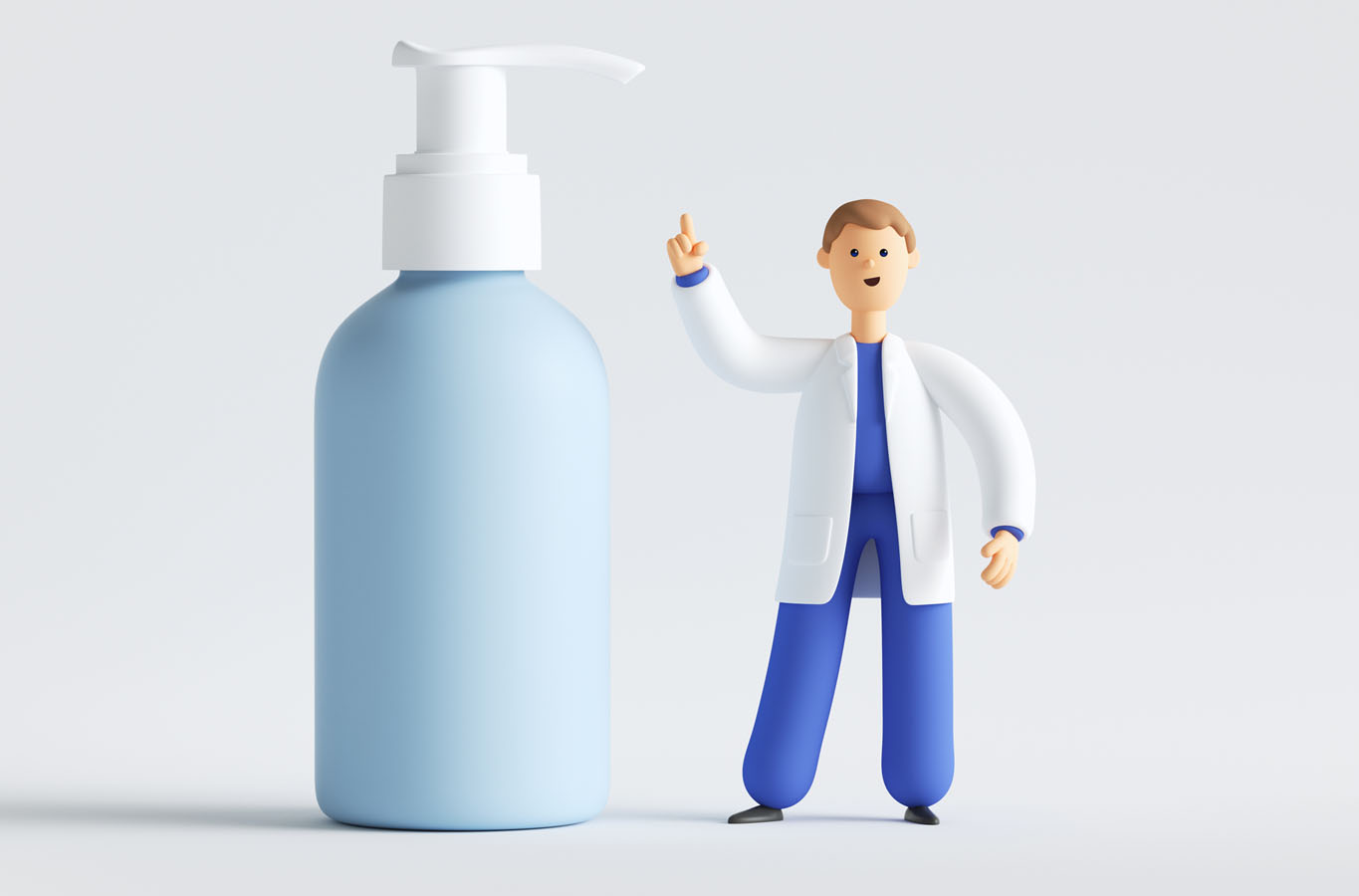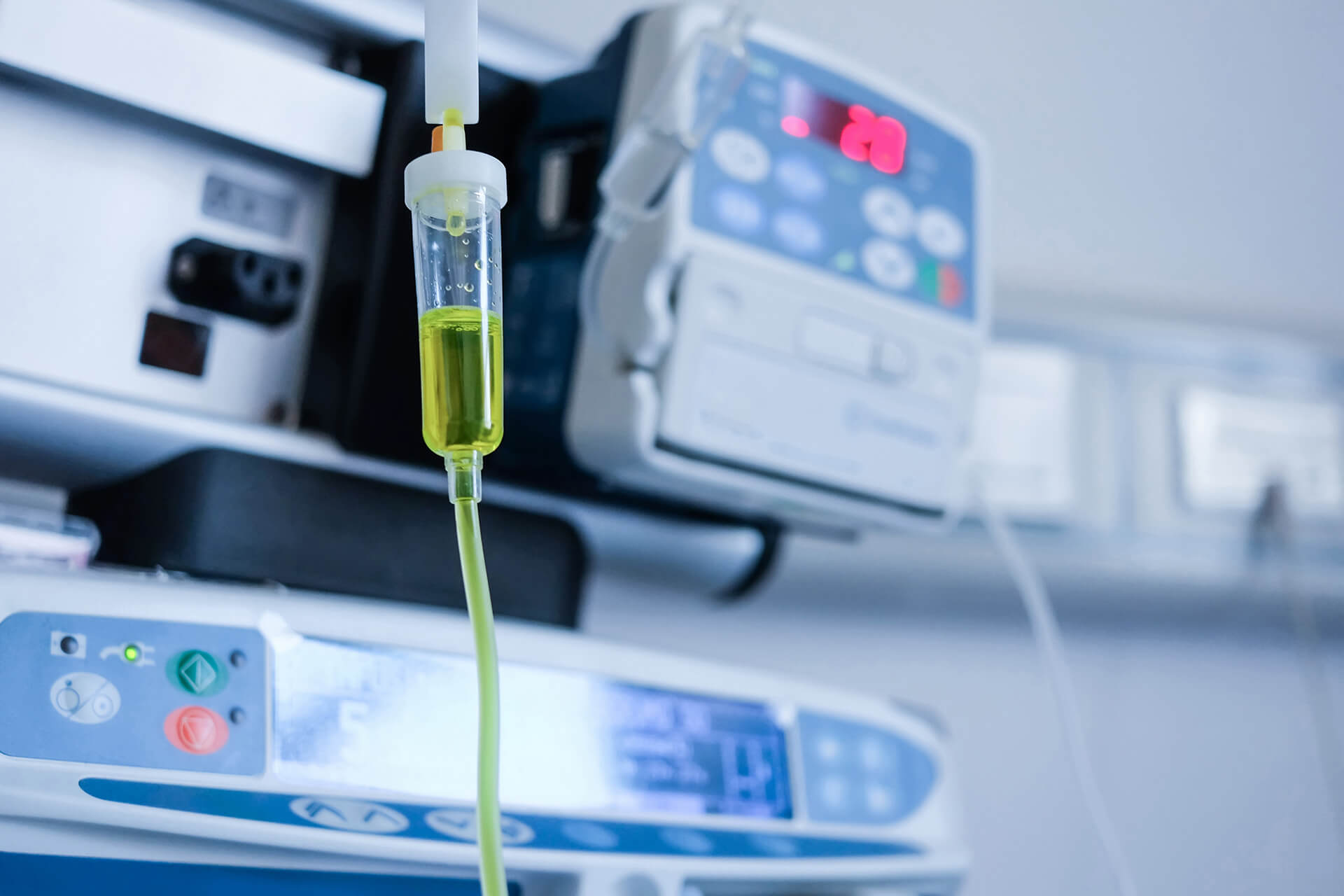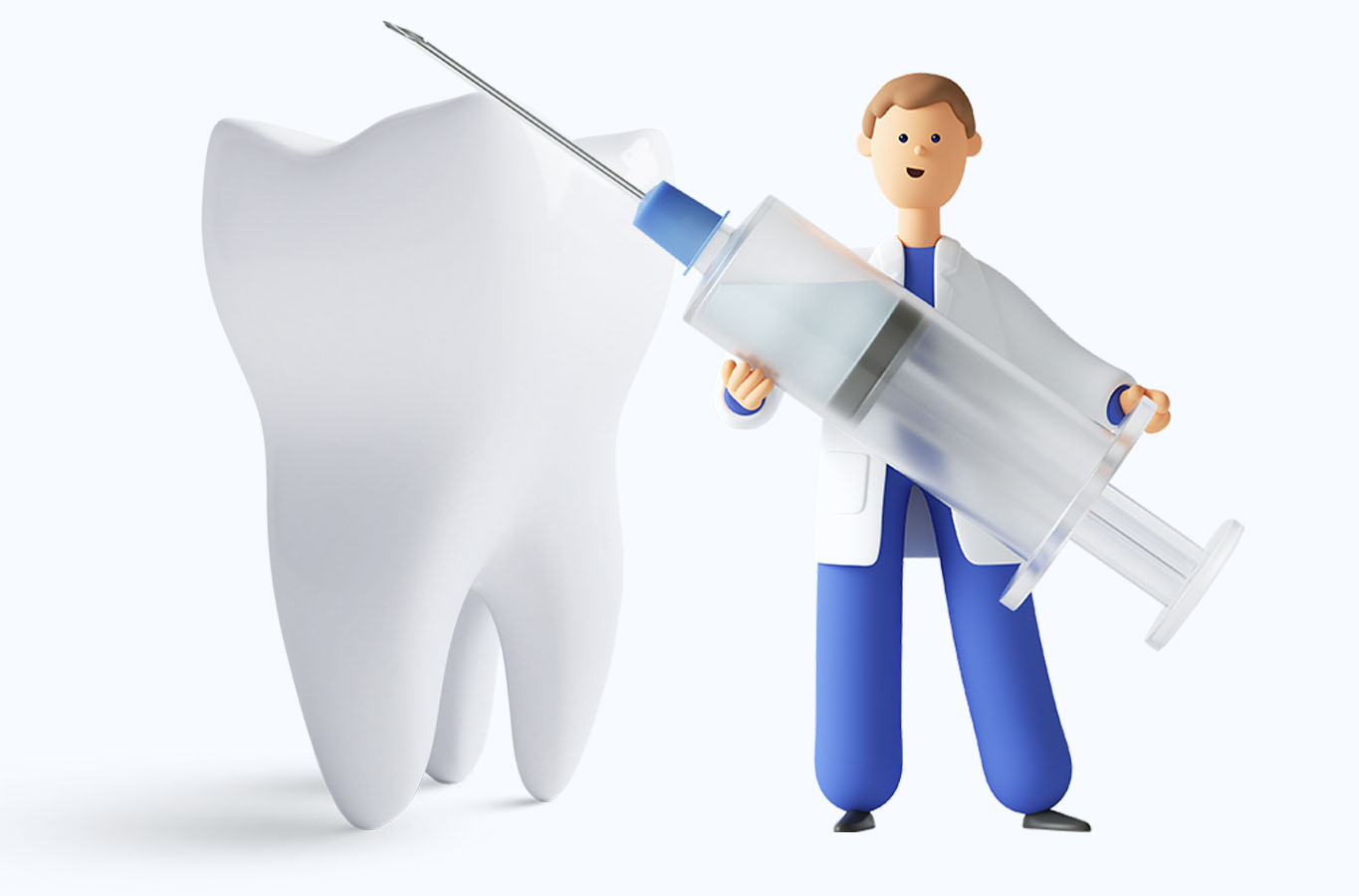The microbial limit test (MLT) is performed to assess how many and which of certain viable microorganisms are present in non-sterile pharmaceutical, healthcare or cosmetics manufacturing samples that range from raw materials to finished products.

ABSTRACT
Microbiological limit tests are used to measure the presence of certain live bacteria in pharmaceutical medicines or
samples, both qualitatively and quantitatively. Pharmaceutical products are closely linked to the development of
different dosage forms that are eventually utilized by humans to treat serious illnesses. As a consequence, the test should
be done on all dosage forms to guarantee that the formulation is free from contamination and will not harm the human
beings as a result of the microorganism. Continuous environmental monitoring samples for microbiological quality of
various locations in pharmaceutical facilities are by far the most important measure in controlling clean area and
environment, both of which have a serious influence on the microbiological quality of the final pharmaceutical products.
Bioburden testing is an essential component of pharmaceutical microbiology since it offers information about
pharmaceutical quality during the manufacturing process.Since its first publication in the United States Pharmacopeia
(USP) in 1980, the bacterial endotoxin test (BET) has been utilised as a pharmacopeial methodology. This lysate gelation
process, known as the Limulus test has been widely used as a simple and sensitive endotoxin detection technique. The
most-probable-number (MPN) approach estimates population density without counting individual cells or colonies. It is
also known as the method of ultimate or extinction dilution, or simply the dilution method. In a nutshell, the aim is to be
able to alter the drug product process to account for variations in Active pharmaceutical ingredient (API) batch key
material qualities such that drug product quality remains constant
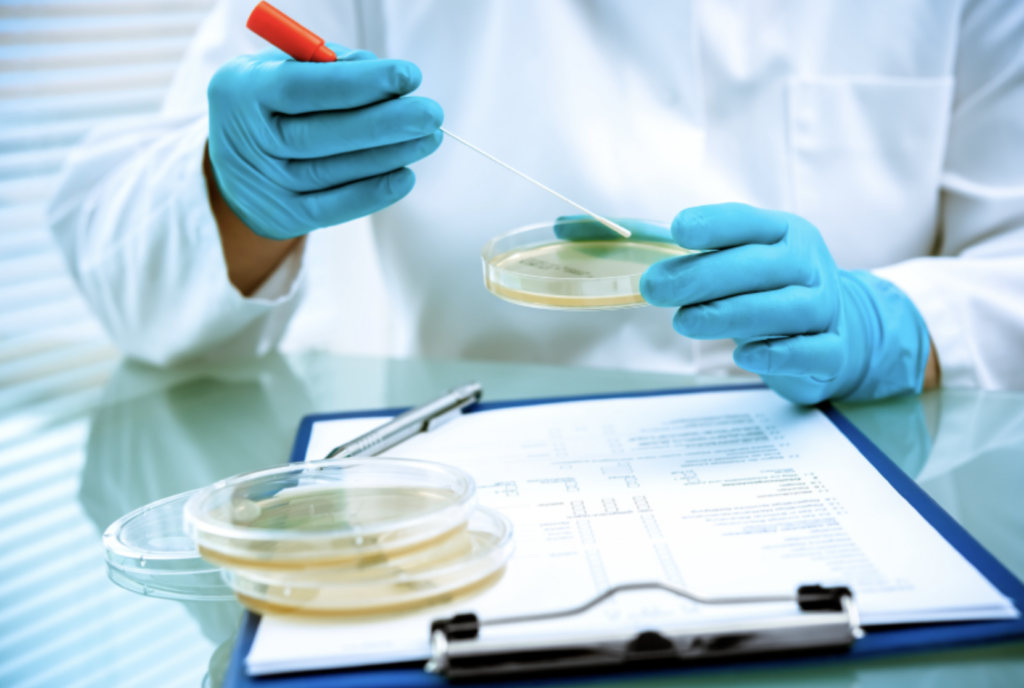
Microbial Limit Tests
The microbiological limit tests are designed to provide qualitative and quantitative evaluations of certain
live microorganisms identified in samples. It includes total viable count (bacteria and fungus) assays as
well as an Escherichia coli coliform test. To avoid microbial contamination from the outside, these tests
must be conducted with prudence (38). The bioburden test is the 2nd Microbiological Limits test
group and it comprises of two independent tests: TAMC detection and TYMC determination (39). When
doing a drug microbiological limit test, the technique employed should be validated to ensure that it is
appropriate for the drug’s microbial limit test as well as the bacteriostatic product because the test
bacteria are interfered with during the test settings, the test results cannot accurately represent the
number of contaminated microorganisms in the medicine, and specific precautions must be followed.
Some designs are not rigorous are not standardized, and cannot accurately represent the test method’s
integrity and viability
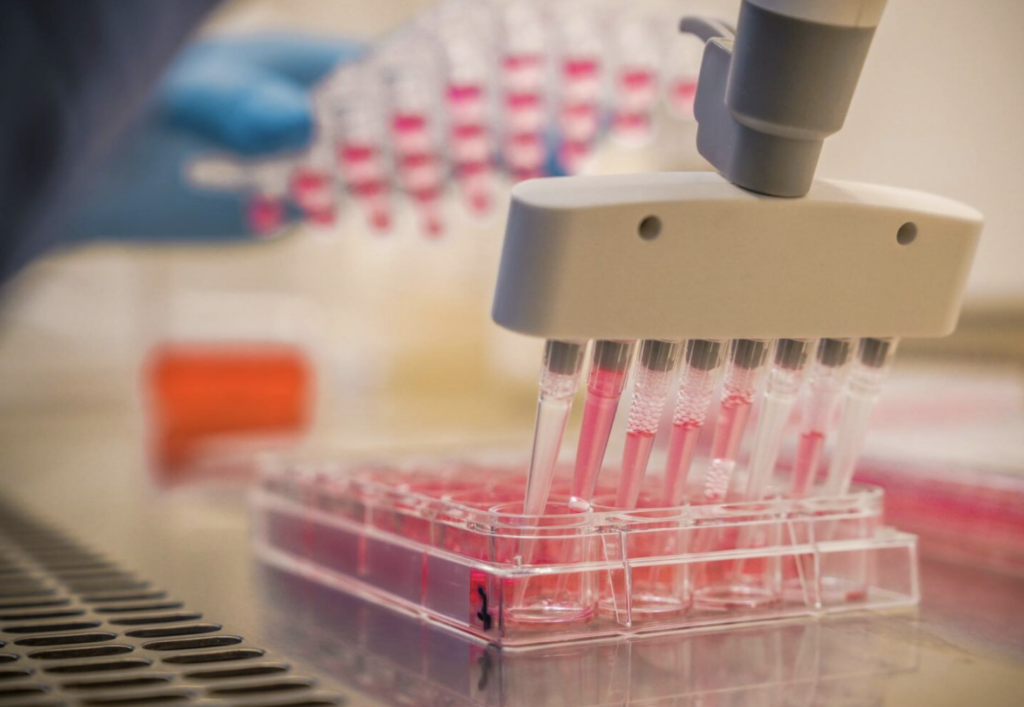
Available Pharmaceutical Microbial Limits Testing Services
- MLT Method Suitability Test
- Microbial Enumeration (Total Aerobic Microbial Count and Total Combined Yeasts and Mold Count)
- Screening Test for Specified Microorganisms:
- P. aeruginosa
- E. coli
- S. aureus
- Salmonella
- Bile tolerant gram negative bacteria
- C. albicans
- Clostridium
- B. cepacia complex (Bcc)

What is microbial test used for?
Microbiological analysis of food products is the use of biological, biochemical, molecular or chemical methods for the detection, identification or enumeration of microorganisms in a material (e.g. food, drink, environmental or clinical sample). It is often applied to disease causing and spoilage microorganisms.
Why is microbial testing important?
To find out the cause of the disease need to conduct microbiological tests. From there, help early detection and timely treatment by using the right antibiotics. This is extremely important to destroy the cause of the disease completely

CONCLUSION
Microbiological testing for nonsterile medicines is a valid way to assess the risk of significant microbial
bioburden and objectionable microorganisms in finished goods and raw materialsbecause a bioburden is
authorized in nonsterile pharmaceutical items, the microbiological vulnerability is understood by the
type, intended use, and mode of application of the product.Control process and improvement of sterile
operations and procedures rely on validation, learning, and documentation of all activities to comply with
GMP. Environmental fluctuations are an unavoidable part of every environmental monitoring system.
This is because clean chambers and controlled environments are not intended to be sterile, and persistent
human and material participation presents a constant challenge to process management and cGMP.
The industries must recognize that worldwide harmonisation of pharmaceutical excipients provides a
once-in-a-lifetime opportunity for innovation and the elimination of significant barriers resulting from
current inconsistencies, and they must focus attention on and participate with the process.



